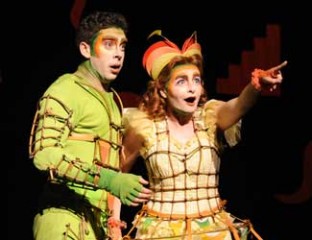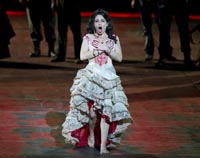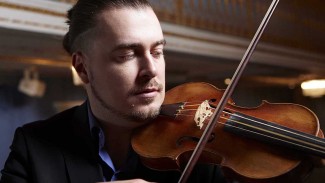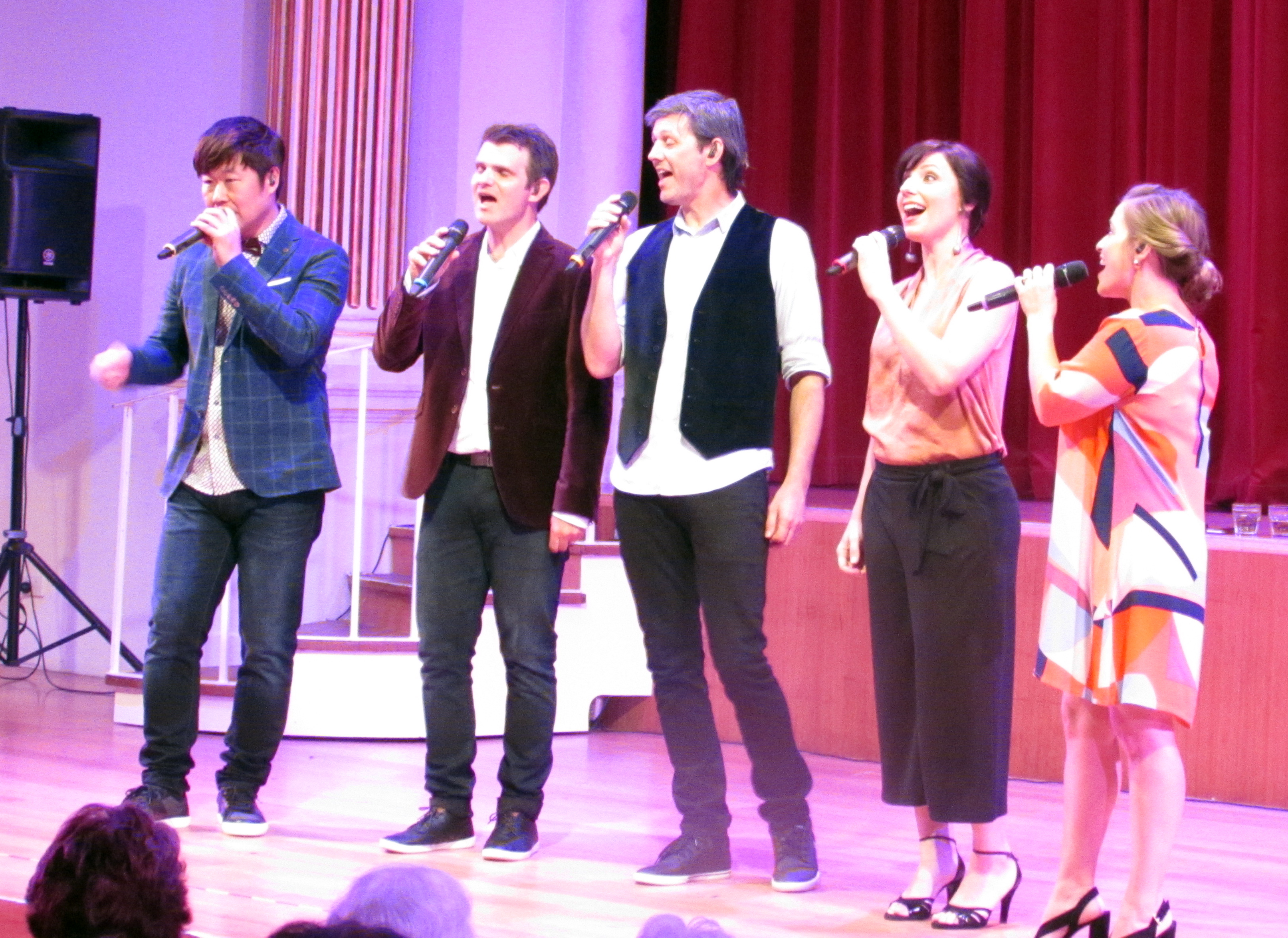Opera Review: The Magic Flute/ Opera Australia

The Magic Flute – W. A. Mozart
Opera Australia, 7 January 2016
Joan Sutherland Opera Theatre, Sydney Opera House.
Julie Taymor’s 2005 New York Metropolitan Opera production of Mozart’s The Magic Flute was first adapted for Sydney in 2012 and is now having its fourth series of performances in Opera Australia’s summer season. It is clearly aimed at families, with publicity emphasising its suitability for children and the scheduling of four of the nine performances as matinees.
The production views the opera as popular entertainment. It is performed in English and the staging is inspired by Taymor’s own Broadway production of The Lion King. The emphasis is on visual spectacle with bright colours, lots of movement and eye-catching costumes and puppetry. This captures the fairytale, pantomime aspect of the work. A walkway which curves between the orchestra and the audience affords a closer connection between the singers and the audience.
The overture has been cut and the opera substantially abridged, presumably to match youthful attention spans. Gone also are the deeper philosophical and Masonic dimensions of the work. The season’s performances are now well underway.
Given the pantomime nature of this interpretation it is inevitable that the main character should be Papageno, and in this production it has an excellent exponent. Samuel Dundas sings very well, but even more importantly he fills the role with great energy, agility and an extremely amiable stage personality. He literally throws himself around the stage running up and sliding down the large perspex cylinders and stairways of the stage set. This is all the more impressive given that, like the rest of the cast, he had previously given a matinee performance earlier in the day.
Among the more serious characters in the opera, John Longmuir repeated his excellent performances of Tamino from previous seasons. He sings with a focused and well projected tone and acts with the aristocratic detachment the role requires. As Pamina, Taryn Fiebig again displayed her characteristically clear and bright sound and her sensitive phrasing. She also projected a sympathetic character in a role that does not provide much opportunity for displaying character development.
Hannah Dahlenburg’s performance of the notoriously difficult Queen of the Night arias was very successful. She has all the stratospheric notes required by this role and her articulation was excellent. Her first act aria could have been delivered with greater venom and dramatic intensity but these were fully present in her second aria.
At the opposite end of the tonal spectrum, Daniel Sumegi’s performance of Sarastro displayed his strong bottom register. He also projected the commanding majesty the role requires. The Speaker was sung by Adrian Tamburini whose full bass sound is well-suited to the role.
Kanen Breen repeated his characterisation of Monostatos which he has sung in each of the seasons for this production. It is a vigorous, outrageous performance which is completely in keeping with the priorities of this production. Papagena was well sung by Katherine Wiles with the high spirits the role requires.
The Three Ladies, sung by Jane Ede, Sian Pendry and Anna Yun, were strongly cast and provided a well matched and blended trio. This is not surprising give that each of them has previously performed for the company in major roles. Kiri Jenssen, Oliver Rice and Paolo Lieghio sang and acted confidently as the three guiding spirits who help drive the action.
The chorus does not have a major role in this opera but they performed well, as always, and their stirring singing in the final scene provided an aural complement to the brightening of the stage picture which brought the opera to an effective conclusion.
The orchestra was conducted by Rory Macdonald who adopted sensible tempi and presided over the neat and stylish performance from the responsive orchestra. This was admirable, no-nonsense Mozart playing.
The English translation was generally very clearly enunciated so that the plot development could be easily followed. All the roles are well sung and, within the parameters of this production, the performance was very successful. But let the buyer beware: this is not a classical view of Mozart’s operatic masterpiece; it is an abridged entertainment suitable for introducing newcomers to opera. As such it provides a well executed, entertaining night at the theatre and the audience applause at the conclusion affirmed its success.
Performances continue in the Joan Sutherland Theatre of the Sydney Opera House until 16 January.
Larry Turner for SoundsLikeSydney©
Larry Turner has been singing in choirs for many years – both in Sydney and London. He is an avid attender of operas and concerts, with an emphasis on vocal music. He particularly enjoys music from both the great a capella period and the baroque – especially the lesser-known works of Bach and Handel. He has written programme notes for Sydney Philharmonia, the Intervarsity Choral Festival and the Sydneian Bach Choir and is currently part of a team researching the history of Sydney Philharmonia for its forthcoming centenary.





